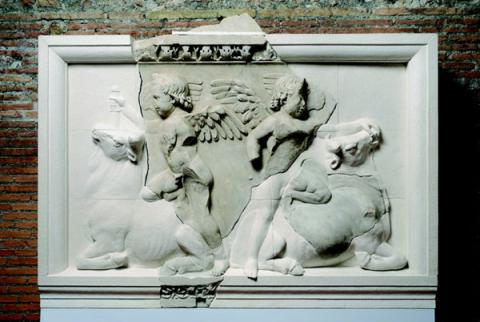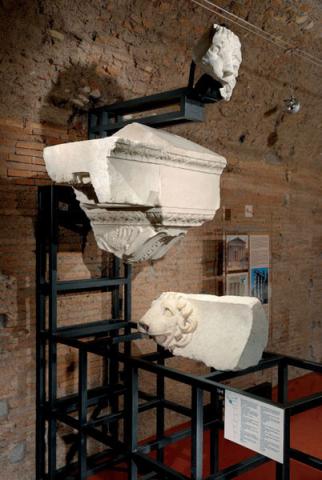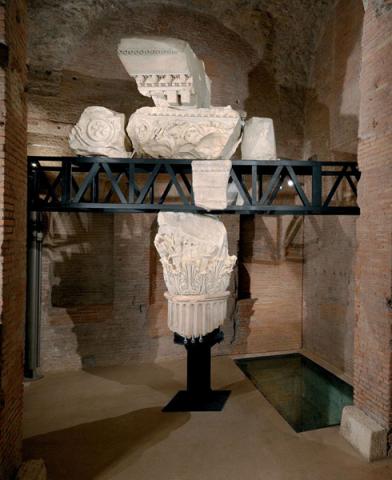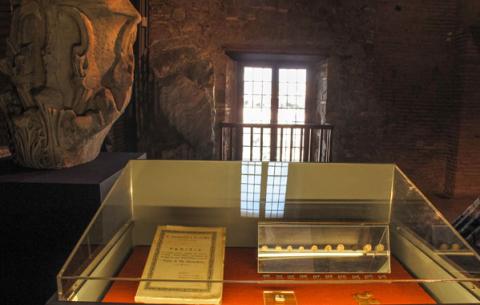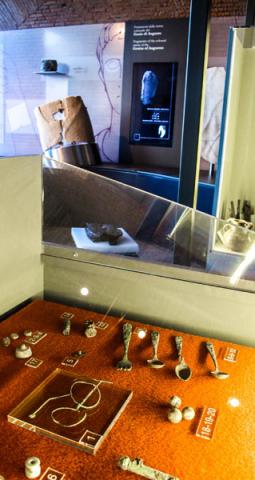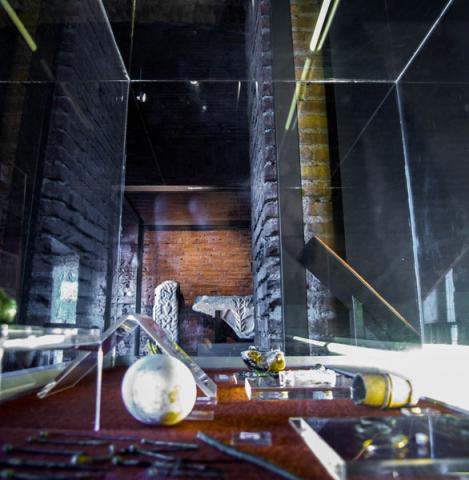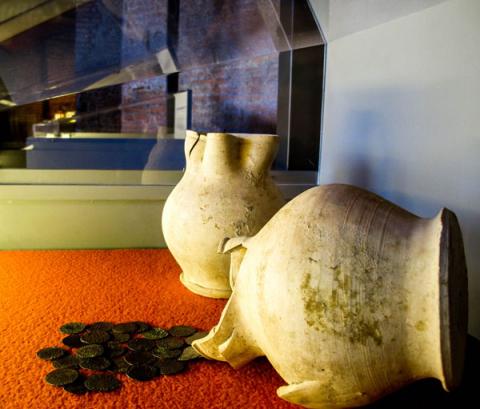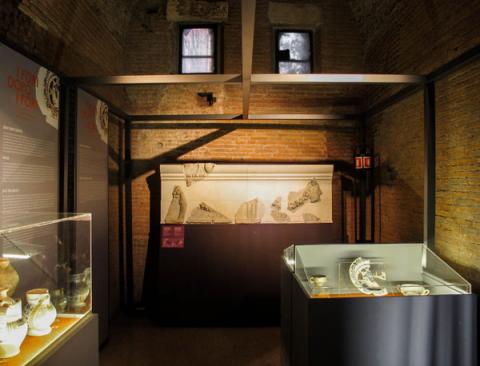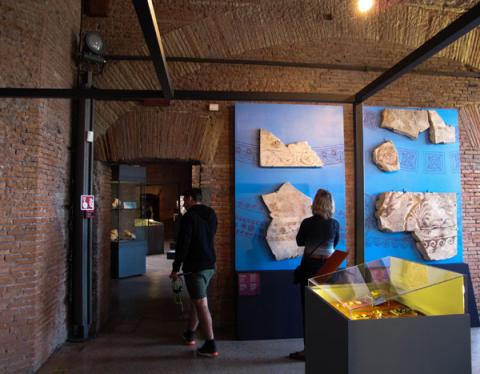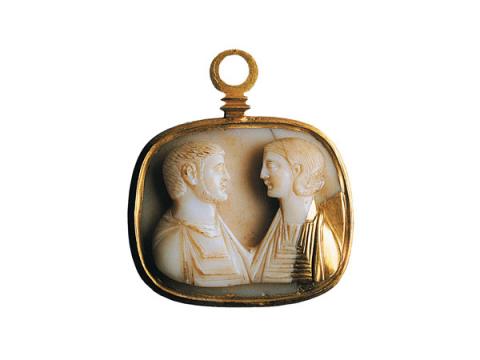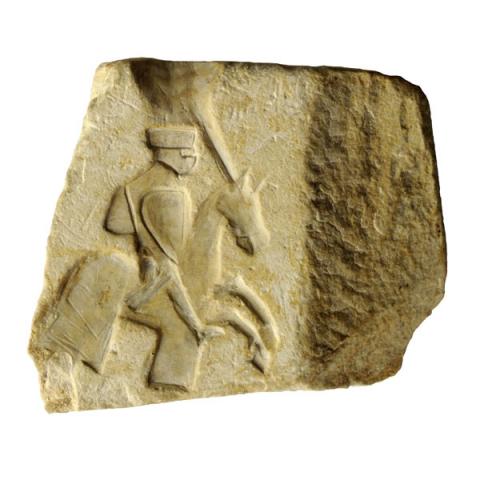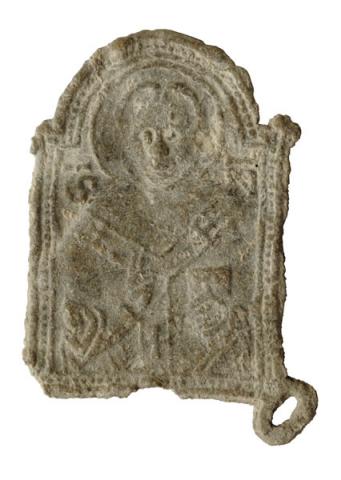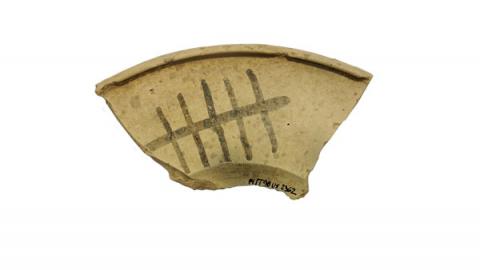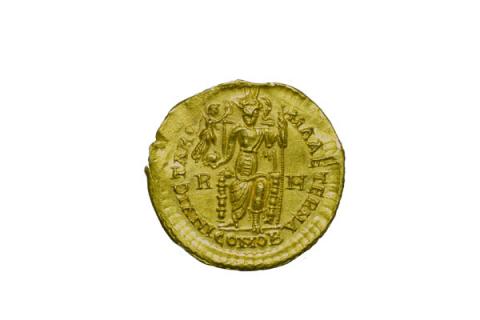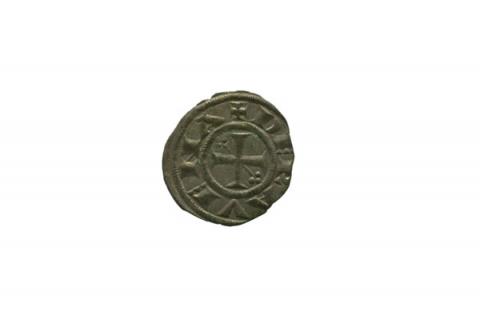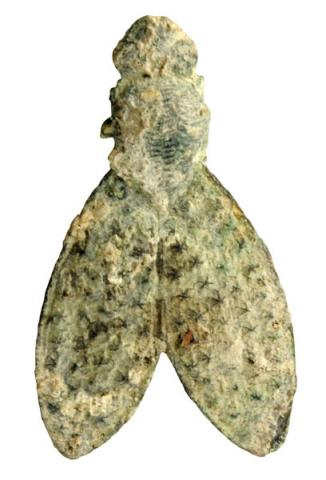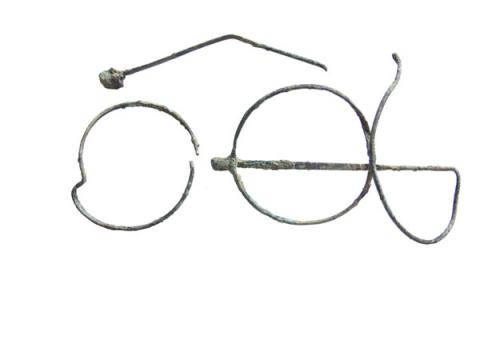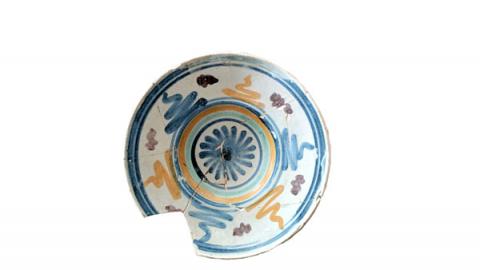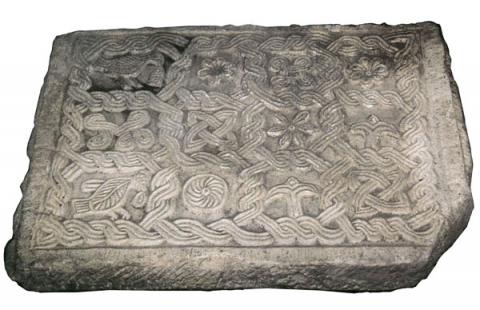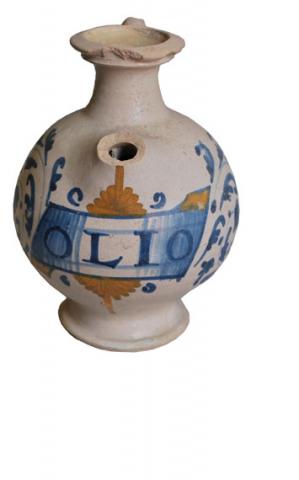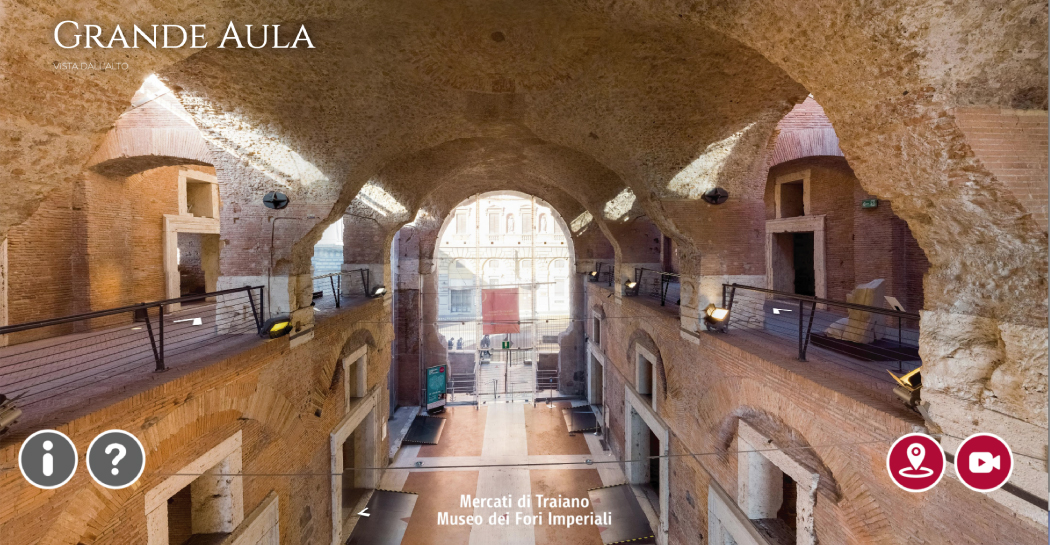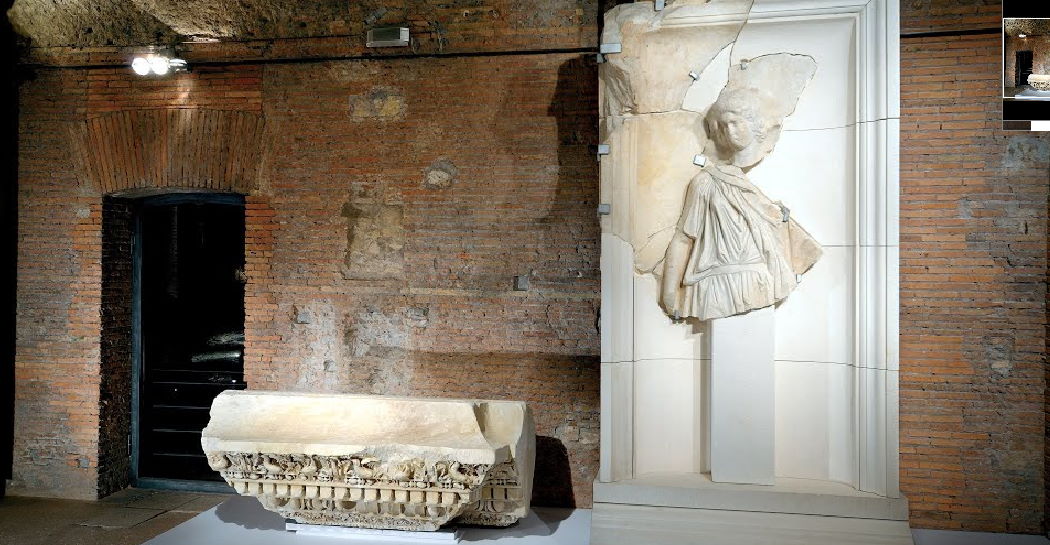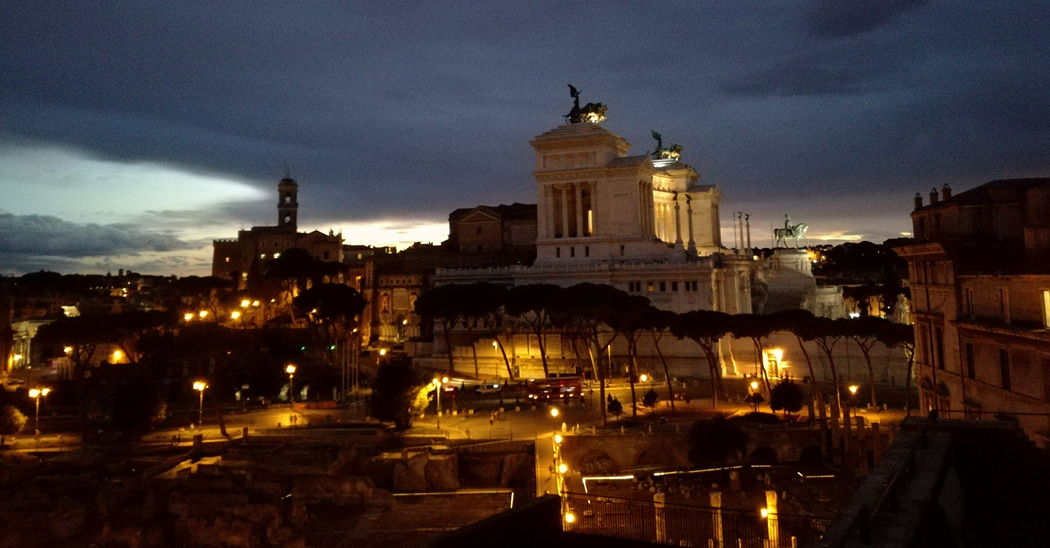I Fori dopo i Fori - The forums since the forums
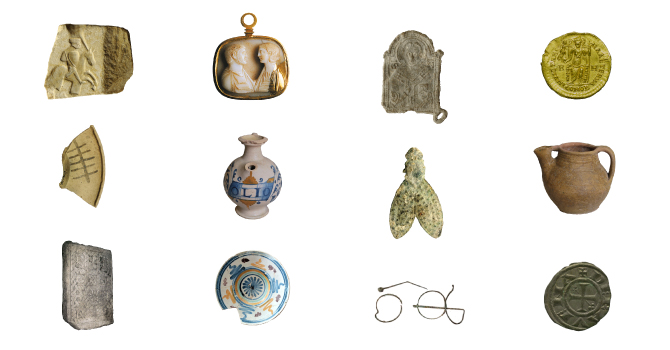
A portrayal of the events that have taken place in the archaeological area of the Imperial Forum through the objects found during 25 years of excavations.
The biggest “archaeological site of ancient times in today’s world”. The area in which the Imperial Form is located, in the ancient heart of the city of Rome and now an architectural complex like no other in the world in terms of size and urban continuity, has been subject to extraordinarily intensive excavations, studies and research over the years. Digs in the last twenty five years inparticular have brought items of immeasurable value to light. The discovery of an exceptional variety of artefacts, some of them unique, has made it possible to find out more about what went on in the forum in medieval and modern times. What happened in those historical periods is less well known with respect to ancient times, but they provide an amazing insight about what being an urban settlement, uninterrupted over time, means.
An interesting and more diverse selection than usual of these artefacts – including pottery, sculptures, money, items used for worship and objects in daily use – has been made from the thousands unearthed, most of which are being exhibited here for the first time ever. They show, under the umbrella of the I Fori dopo i Fori event, the reality of daily life in important historic periods that came after Roman times. .
Like a journey back in time, the archaeological excavations have revealed the rich layers of rock - that took centuries to build up - over the majestic ruins of the Forum. Even before the epoch making year 1000, there were a few settlements and small churches here. The urban landscape changed again at the end of the 16th century when the area was subjected to reclamation work and ordered urban structures followed. The Quartiere Alessandrino, (district) was named after the nickname of Cardinal Michele Bonelli, the man who pushed for the work to be done. During the 1930s, the houses and churches in the district were flattened in order to make the building of a road, the via dei Fori Imperiali, and the “freeing” of structures from Roman times, possible.
It took just a moment to erase centuries of history, life and art from the face of the earth.
Daily life, the comings and goings of people- including some who were famous - and places will be recreated thanks to some 310 archaeological artefacts comprising objects belonging to the people who lived in the area or the shops in which they were produced. Many of these items have been safeguarded in the Imperial Forum’s depositories whilst others were held in other museums in the purview of the Capitoline Supervisory Body, namely the depositories of the Museum of the Imperial Forum’s Trajan’s Markets and the Medagliere Capitolino (medal/coin collection).
The opening section of the exhibition shows, with the help of four educational panels and a video of historical images, how the area in which the Imperial Forum is located changed from when it was built in ancient times right through to when it was razed to the ground during the Fascist era and the “Great Jubilee” (in 2000) excavations. Four additional sections complete the exhibition trail.
Information
30 March - 15 October 2017
Everyday 9.30-19.30
Last admission 1 hour before closing time
Please Note: please check our Notice page for special openings and/or temporary closures
Every first Sunday of the month free admission for residents in Rome and in the metropolitan city area.
Ticket for the museum and the exhibition "I Fori dopo i Fori - The forums since the forums. Daily life in the Imperial Forums since Ancient times, 30.03-15.10.17 ":
Adults € 13,00
Concessions € 11,00
Roman Citizens only (by showing a vaild ID):
Adults € 11,00
Concessions € 9,00
Tickets can also be purchased with a credit card and ATM
Concessions and free admission
Online tickets
The printed receipt entitles you to jump the queue at the ticket office and quickly pick up your ticket.
Tel. 060608 (everyday 9.00a.m. – 7.00p.m.)
Promotori
Roma Capitale, Assessorato alla Crescita culturale - Sovrintendenza Capitolina ai Beni Culturali
Ideazione
Claudio Parisi Presicce e Roberto Meneghini
Curatori
Roberto Meneghini e Nicoletta Bernacchio,
Con la collaborazione di
MasterCard Priceless Rome
Media Partner
Il Messaggero
Organizzazione
Zètema Progetto Cultura


























